Types, Properties & Applications Of Tantalum Powder
If you are visiting our website and reading this article, you might be interested in our Website and in Tantalum and Tantalum powder. However, you may not be fully acquainted with the different types, properties and applications of Tantalum powder. In this article we describe the available types and detail their characteristics and applications. Before proceeding, we must first define what Tantalum powder is.
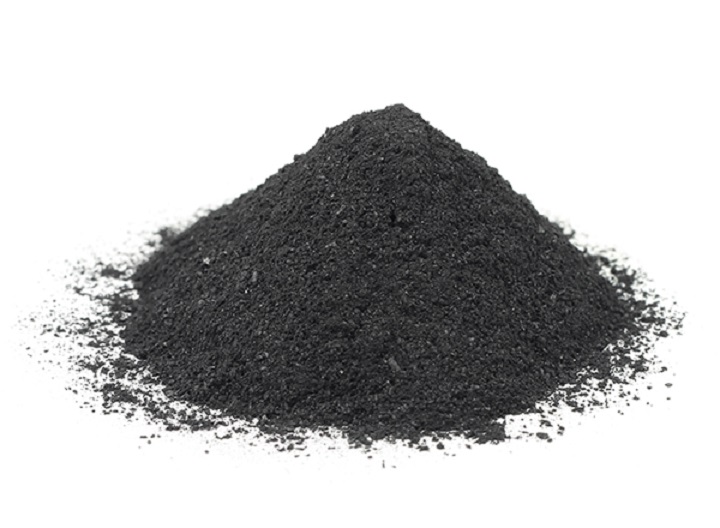
Types, properties and applications of Tantalum powder
What is Tantalum powder?
Tantalum powder is a particulate form of metallic Tantalum that appears dark grey or silver grey. It is a significant raw material for the manufacture of capacitors and Tantalum materials.
How many types of Tantalum powder are there?
Depending on its intended use, Tantalum powder is generally divided into two categories: capacitor-grade Tantalum powder and metallurgical-grade Tantalum powder.
Properties and applications of capacitor-grade Tantalum powder
Capacitor-grade Tantalum powder is classified into three series. The low-voltage series has an operating voltage not exceeding 25 V, the medium-voltage series operates at 32–40 V, and the high-voltage series has an operating voltage of at least 50 V.
Capacitor-grade Tantalum powder is used in the manufacture of Tantalum capacitor anodes. Its quality is determined chiefly by its physical properties, chemical composition and electrical characteristics.
(1) Physical properties: The physical properties include the average particle size, particle shape, flowability and apparent density. For the low-voltage series, products should exhibit a small average particle size, a complex particle shape and a low apparent density. For the high-voltage series, products should exhibit a larger average particle size, a simple particle shape and a higher apparent density.
The flowability determines whether the Tantalum powder can be formed using an automatic forming machine. Given that the production of small-chip Tantalum capacitors is increasing, the flowability of the Tantalum powder has received careful consideration.
(2) Chemical composition: The chemical composition directly influences the electrical characteristics of the Tantalum powder. A high impurity content increases leakage current. In particular, high levels of phosphorus, boron, oxygen, carbon, potassium, sodium and iron reduce the breakdown voltage of the anodic Tantalum oxide layer.
Practice indicates that adding a small amount of phosphide prevents shrinkage of the Tantalum block during sintering. Adding a small quantity of aluminide increases the breakdown voltage of the Tantalum powder.
(3) Electrical properties: The electrical properties include the DC leakage current, breakdown voltage and the capacity of the Tantalum anode block. These are measured after the Tantalum powder is weighed, compacted, vacuum sintered and anodised.
Properties and applications of metallurgical-grade Tantalum powder
Metallurgical-grade Tantalum powder is used in the manufacture of various Tantalum materials or as an alloying addition. Its quality is chiefly assessed on the basis of its physical properties and chemical composition.
The particle size, an important performance index, should pass through a standard sieve with 150 mesh. The apparent density is preferably between 3 and 6 g/cm³.
To avoid loss of chemical composition during vacuum melting processes, the oxygen content should be controlled at approximately 0.2%. Since Tungsten, Molybdenum, Niobium and other high-melting-point metals cannot be removed during vacuum melting, their content must be strictly controlled.
Methods for the production of Tantalum powder
Methods for producing Tantalum powder include thermal reduction of tantalum pentoxide, carbon reduction, electrolytic reduction of molten salt and hydrogen reduction of tantalum halide.
Other methods include thermal reduction of metal and thermal reduction of tantalum-containing fluorocomplex.
Currently, the industry primarily employs the sodium reduction method using potassium fluoro tantalate to produce metallic Tantalum powder. The reaction is represented by the equation: K2TaF7+5Na=Ta+2KF+5NaF.
Conclusion
We thank you for reading this article. We hope it has provided a clearer understanding of the types, properties and applications of Tantalum powder.
If you wish to learn more about Tantalum and Tantalum powder, we recommend that you visit Stanford Advanced Materials (SAM) for further information.

 Bars
Bars
 Beads & Spheres
Beads & Spheres
 Bolts & Nuts
Bolts & Nuts
 Crucibles
Crucibles
 Discs
Discs
 Fibers & Fabrics
Fibers & Fabrics
 Films
Films
 Flake
Flake
 Foams
Foams
 Foil
Foil
 Granules
Granules
 Honeycombs
Honeycombs
 Ink
Ink
 Laminate
Laminate
 Lumps
Lumps
 Meshes
Meshes
 Metallised Film
Metallised Film
 Plate
Plate
 Powders
Powders
 Rod
Rod
 Sheets
Sheets
 Single Crystals
Single Crystals
 Sputtering Target
Sputtering Target
 Tubes
Tubes
 Washer
Washer
 Wires
Wires
 Converters & Calculators
Converters & Calculators
 Write for Us
Write for Us
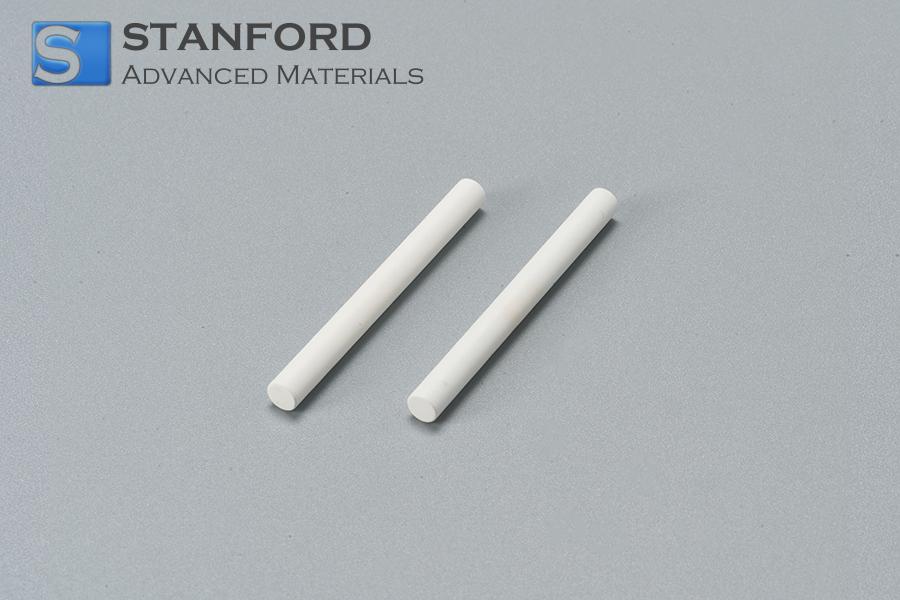
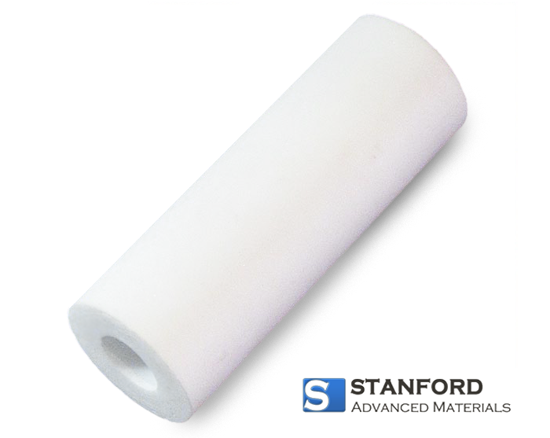
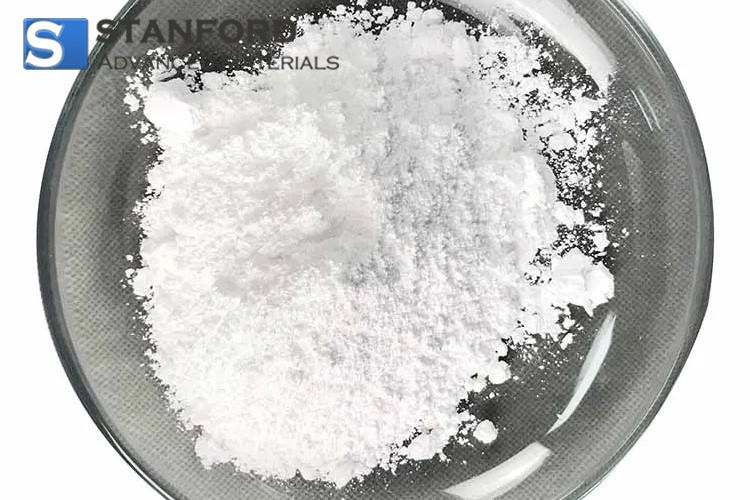
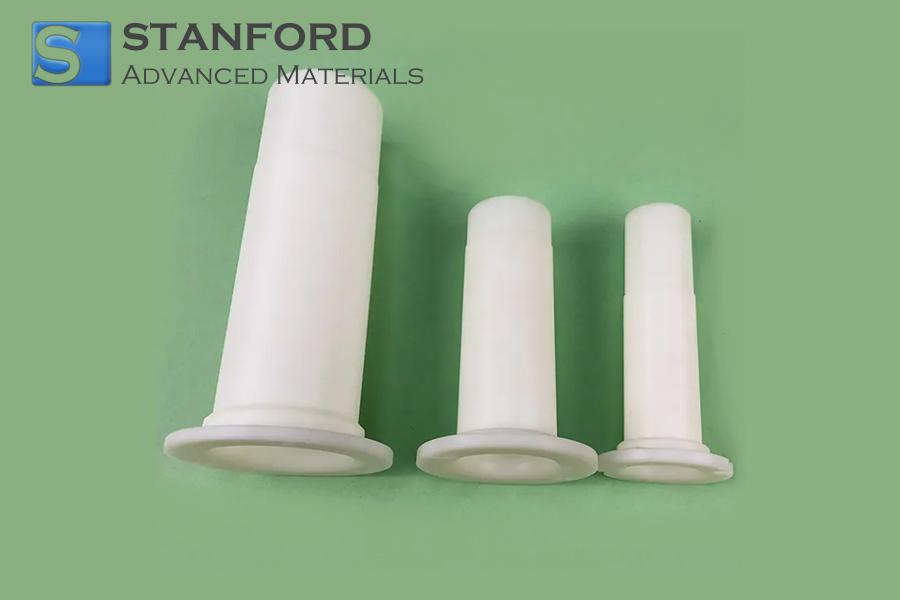
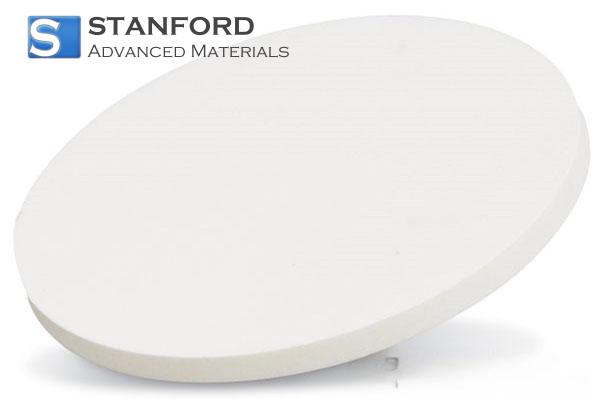
 Chin Trento
Chin Trento



